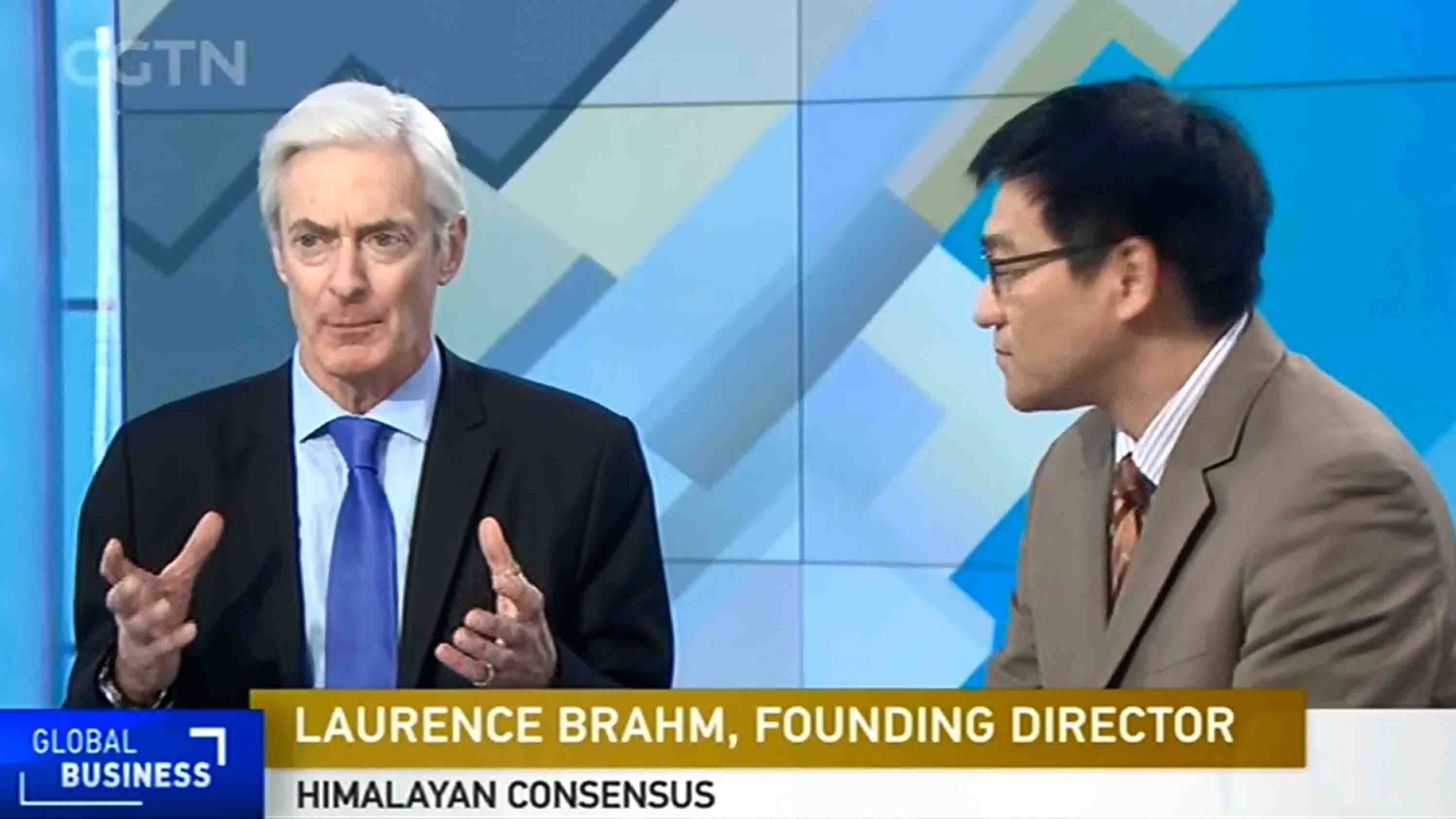
Business
22:34, 18-Dec-2017
It’s all about quality – Chinese economy going into 2018
CGTN's Gao Songya

China’s official economic plan for the coming year is still under discussion at the ongoing central economic work conference in Beijing, with “high-quality development” being the theme this year.
Economists and international organizations are working on their own calculations, adjusting the country’s growth targets in the coming year based on this year’s performance and policy shifts. They all seem to agree that an emphasis on quality will be the future.
Lian Ping, Chief Economist at the Bank of Communications, said quality is the key for China's mid- and long-term economic growth, and the country should focus on improving Total Factor Productivity, referring to the economic practice of measuring output by how efficiently and intensely the inputs are used.
“Four factors will come into play: Resource allocation, technology innovation, human resources, internal and external cooperation. These will promote both quantity and quality growth,” Lian said.

Laurence Brahm, Founding Director of Himalayan Consensus, believed that the entire industrial base in China would be towards higher quality in the future with the help of innovation, technology and current deleveraging efforts.
“It’s going to be quality of growth rather than quantity of growth,” said Brahm. “You can’t measure growth only by industrial output. You have to do it with a broader matrix, including the environment and healthcare.”
Putting an emphasis on quality could also help intensify market competition, which is very important to upstream sectors such as exploitation and heavy industry, according to Wendy Liu, Chief Equity Strategist.
Hong Hao, Chief China Strategist at BOCOM International, said that China actually is shifting to a quality-oriented growth pattern with consumption surpassing investment, taking up an ever larger portion of GDP growth.

VCG Photo.
VCG Photo.
International organizations and banks are also optimistic about the future of the world’s second largest economy.
The Asian Infrastructure Investment Bank this month revised up its 2018 growth forecast for China to 6.8 percent, that's 0.1 percentage point higher than the forecast in September. The International Monetary Fund and the World Bank lifted China's GDP expansion to 6.8 percent and 6.7 percent respectively.
Many economists have explained the optimism with greater consumer spending and rising service sector as Chinese economy becomes more market-oriented. And the supply-side reform is also supposed to unlock new sources of growth to help fend off downward pressure.
Professor John Gong from University of International Business noted that although a 6.5-percent growth is quite decent compared to the rest of the world, China still has to deal with its share of problems – the accumulated credit risk that might kidnap overall economy, and the tax burden that hinders companies’ competitiveness.
(Cyrus Ip also contributed to the story)

SITEMAP
Copyright © 2018 CGTN. Beijing ICP prepared NO.16065310-3
Copyright © 2018 CGTN. Beijing ICP prepared NO.16065310-3